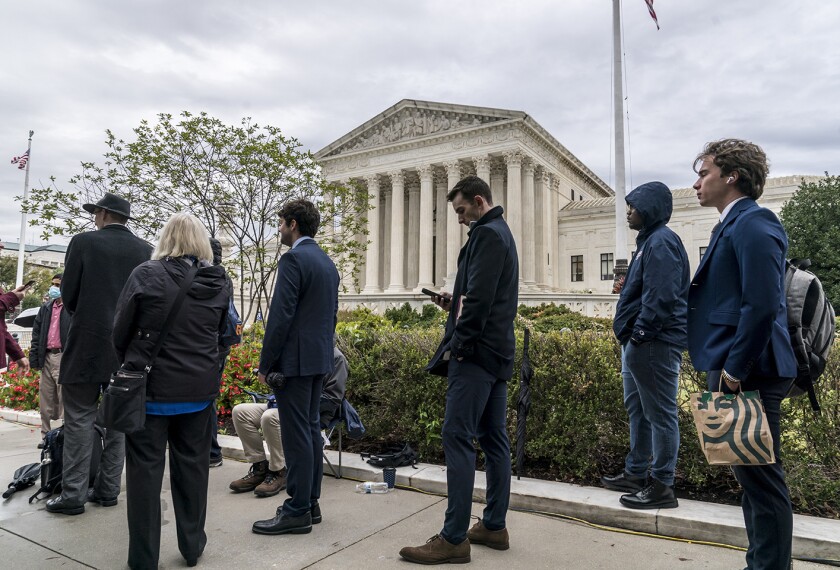Are reading and math difficulties two sides of the same coin?
Researchers are finding that students with dyslexia—defined as difficulty in reading accurately and fluently—often also have trouble with math fluency. Reading and math struggles often manifest themselves in the same part of the brain, and interventions that help in one area, such as math fluency, may also boost a student’s word skills.
A recent two-day National Science Foundation-sponsored conference here brought together experts in brain research, learning disabilities, and math and reading education to talk about the connections in their worlds.
Among the findings shared at the conference: an unpublished study of Finnish elementary students found that 40 percent of the group scoring below the 16th percentile on a reading achievement test also scored below the 16th percentile on a math test. That study also showed that it was particularly difficult for interventions to make a significant improvement in the group of students who showed struggles in both areas. A separate study of a group of American elementary students also showed that many students had overlapping reading and math difficulties.
Difficulties sometimes show up well before children start school. For example, research has shown that children who struggle with vocabulary as toddlers are at risk of developing math difficulties later.
But some interventions showed success in tackling both challenges at the same time. For example, a study of elementary students conducted by researchers from Vanderbilt University showed that children who spent 30 minutes in a reading intervention and 15 minutes in a math intervention had better results in reading than children who got the 30-minute reading intervention alone.
Practical Challenges
The challenge is getting all these interventions to schools. Several presenters said that schools generally focus on reading interventions, and helping students who also struggle in math takes a back seat.
“When we say ‘learning disabilities,’ we are mostly talking about reading,” said Rose Vukovic, an associate professor of educational psychology at the University of Minnesota. Vukovic, who has done research on groups of elementary-age students with reading difficulties, showing that many of them had problems with math as well.
“We have to pay attention to other facets as well,” she said. “We can’t do reading to the exclusion of everything else.”
There also are challenges when it comes to translating research-based practices to schools, said Nicole Bucka, the response-to-intervention coordinator for the Cumberland district in Rhode Island.
For example, for middle schoolers, there was little time in the school day to receive both a math intervention and support on the other goals outlined in their individualized education programs, she said.
And, for older students, there was no way to ignore behavior as a component of the intervention, Bucka said. Older students have often had so much experience with failure that teachers had to be explicitly taught how to address math anxiety and learned helplessness. Positive self-talk had to be embedded in the interventions as well, Bucka found.
Building Collaboration
The two-day event was born out of the federal Research Excellence and Advancement for Dyslexia, or READ Act.
That act, passed in 2016, requires that National Science Foundation to make grants related to dyslexia research, specifically in the area of early identification, professional development, and curricula development. Science, technology, engineering and math is also a focus of the READ Act.
But Jack Fletcher, a professor of psychology at the University of Houston and the principal investigator for the Texas Center for Learning Disabilities, said during his presentation that many schools are still struggling to implement the strong reading instruction that all students need.
“It circles back to what’s happening in the classroom,” Fletcher said after the conference. “If we don’t have strong core instruction in reading, math, and writing, we’re starting at a deficit.”




